In South Kensington, London — far from the mountains of Afghanistan and the streets of Myanmar — I meet Shoshana Stewart, President of Turquoise Mountain, an organisation dedicated to reviving cultural heritage and supporting artisanal livelihoods in some of the world’s most fragile regions.
Founded in 2006 at the request of then HRH The Prince of Wales, Turquoise Mountain began as a bold effort to restore Kabul’s Old City and revitalise traditional crafts. Named by its founder Rory Stewart after a legendary lost Afghan city, the organisation reflects that same mission: to preserve and breathe new life into endangered traditions. Since its early days, it has grown into an international force, working across Afghanistan, Myanmar, and the Middle East. Shoshana Stewart, who joined in the early years, has played a key role in shaping its mission and expanding its global reach.
Shoshana Stewart grew up in upstate New York and studied in western Massachusetts. A former astrophysics student and science teacher, she first travelled to Afghanistan on a whim — a trip that led her to begin working with Turquoise Mountain. “At first, I didn’t really understand what a project preserving cultural heritage was meant to look like,” she admits. But what she found was thousands of woodcarvers, calligraphers, ceramicists, and jewellers restoring history with their bare hands. “There was energy, beauty, and purpose everywhere.”
She never left. Instead, she became the heart of the mission.
Today, Turquoise Mountain supports over 10,000 artisans across Afghanistan, Myanmar, and the Middle East — regions where tradition is under threat due to war, displacement, or economic collapse. The charity provides training, infrastructure, design support, and crucially, access to markets. Sustainability has always been central to this mission — not just financial, but cultural and environmental. Inspired by its founding patron, King Charles III, the organisation champions harmony with the natural world by returning to traditional practices that are inherently sustainable.
“We do whatever it takes to ensure artisans can thrive and pass on their heritage and traditional skills to the next generation,” Stewart explains. “Of course the economic part has to work — but there’s also something profoundly meaningful about using your hands, drawing on centuries of knowledge, and creating beauty in the midst of crisis.” Turquoise Mountain looks at every part of the process — from dyes to sourcing — reviving techniques that have long been sustainable by nature. “Part of what we do is make sure these traditional skills endure, while also connecting artisans to international markets to make their work financially sustainable.”
The FARLY edit
This week, our FARLY Edit presents a collaboration with Turquoise Mountain, spotlighting their extraordinary work in Myanmar. Each piece in the collection tells a story of heritage, craftsmanship, and survival — created under extraordinary circumstances.
Weaving
From the hands of master weavers come textiles of remarkable depth and beauty, shaped by adversity and resilience. The cushions in this Farly edit are far more than decorative objects — they are living testaments to perseverance and cultural pride.
“The women who wove them had been displaced multiple times — burned out of their villages, returned, and kept weaving,” explains Stewart. “They had just enough time to take the fabric off the loom and get it to Yangon in time for the shipment to London. It’s a powerful example of unique, breathtaking beauty emerging from unimaginably difficult circumstances.”



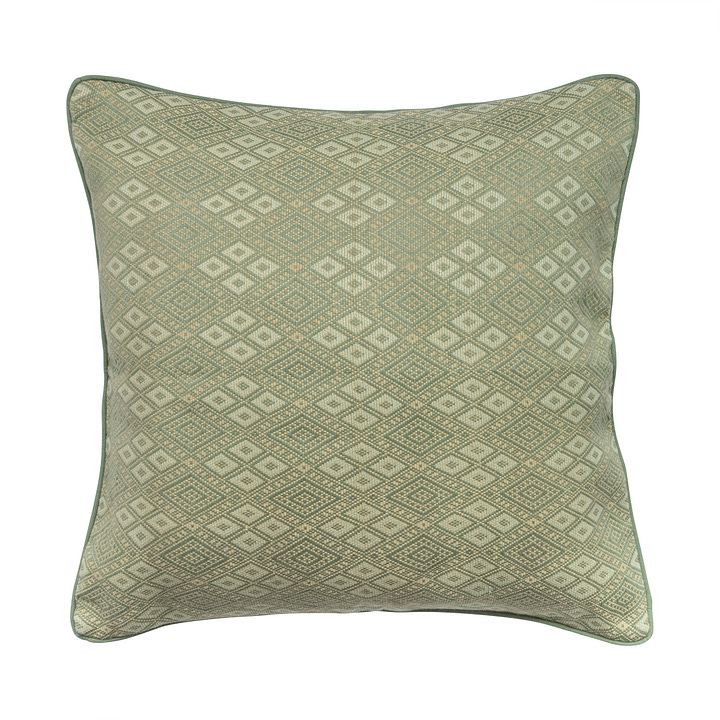
These silk cushions woven using the ancient Acheik technique — a traditional Burmese motif with over a thousand years of history. Produced on village looms in Sagaing State, each intricate design requires up to 100 individual shuttles, a skill now mastered by only a few artisans.
Acheik weaving, once reserved exclusively for Burmese royalty, is a marvel of technical precision and artistic expression. The flowing patterns evoke the waves of the Irrawaddy River and the natural beauty of the surrounding landscape. “It’s some of the most detailed handwoven fabric in the world,” says Stewart.
Jewellery
The jewellery in this edit is steeped in history and heritage. Handcrafted by Myanmar’s traditional goldsmiths and silversmiths, each piece draws on centuries of design passed down through generations.

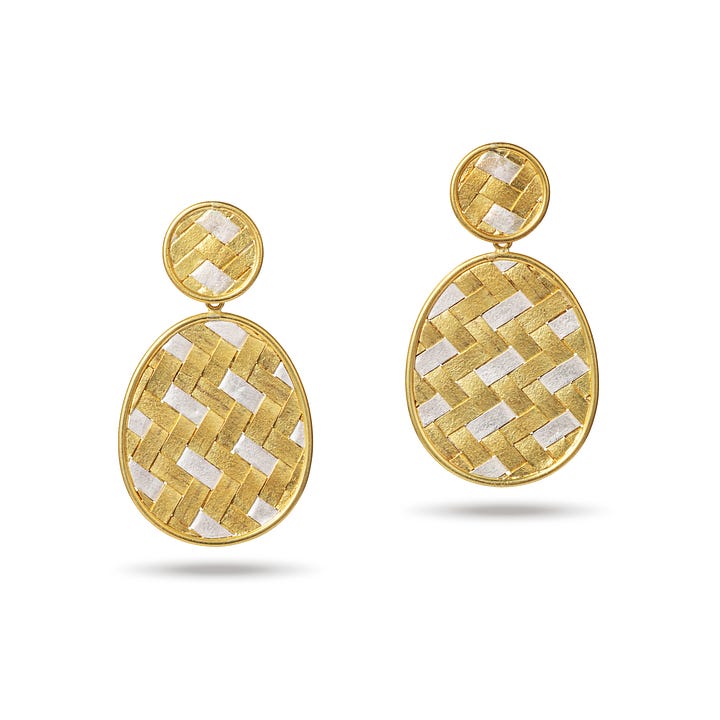


Delicate lotus motifs and vivid spinels feature throughout, brought to life with hand-hammered gold and intricate wirework. The designs echo Myanmar’s rich visual language — from water garden blooms to pagoda architecture.
What makes these pieces truly special is the heritage they carry. Jewellery-making in Myanmar is closely tied to nature and spirituality, resulting in pieces that are both meaningful and meticulously crafted. At a time when the country faces deep challenges, the enduring beauty of this work resonates more powerfully than ever.
Lacquerware
Then there’s the lacquerware, which Stewart describes as one of her favourites. “It starts as a web of bamboo held together with earth, then coated in resin for a glossy finish. Artists hand-paint intricate, traditional motifs on top — it’s completely sustainable and breathtakingly beautiful.” Each item is light, durable, and full of meaning, a fusion of the land’s materials and its cultural memory.
The Future:
Turquoise Mountain has endured a turbulent five years, from the global pandemic and Myanmar’s military coup to the Taliban’s return in Afghanistan. “You start to wonder if it makes a difference,” Stewart reflects. “But then you see skills being passed on, communities growing and families thriving — and you realise it does.”
Looking ahead, Stewart talks of Turquoise Mountain as more than a guardian of tradition. It’s about incubation — helping artisans not only preserve their heritage but thrive as entrepreneurs. “Yes, the economic model has to work,” she says. “But there’s also something spiritual about creating beauty in a broken world. That’s what gives this work meaning.”
By shopping this edit, you’re directly supporting the artisans behind each piece — helping to sustain traditional skills, create livelihoods, and preserve cultural heritage in Myanmar.
If you’d like to make a donation to Turquoise Mountain or get involved in another way, please don’t hesitate to get in touch — we’d love to hear from you.





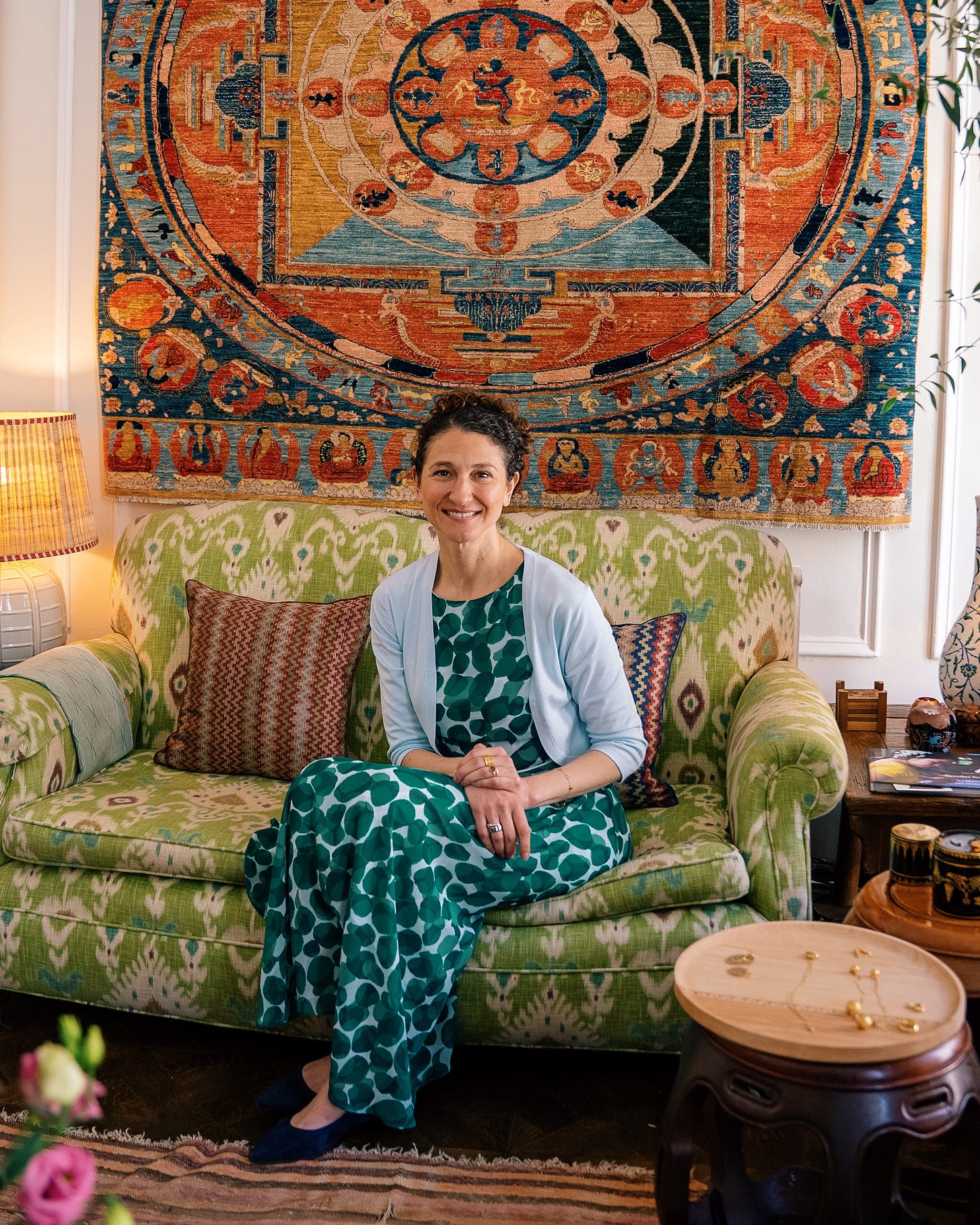
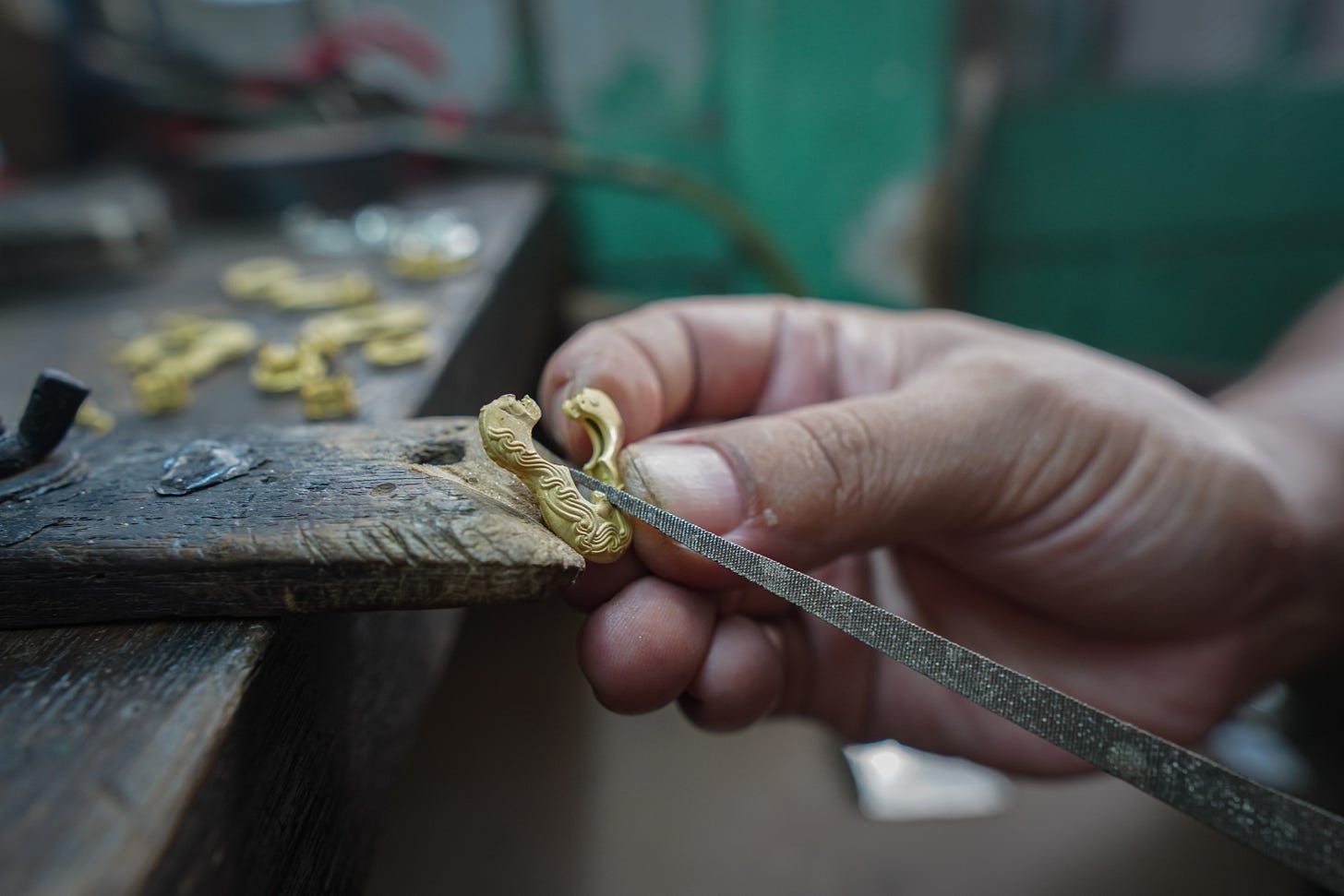
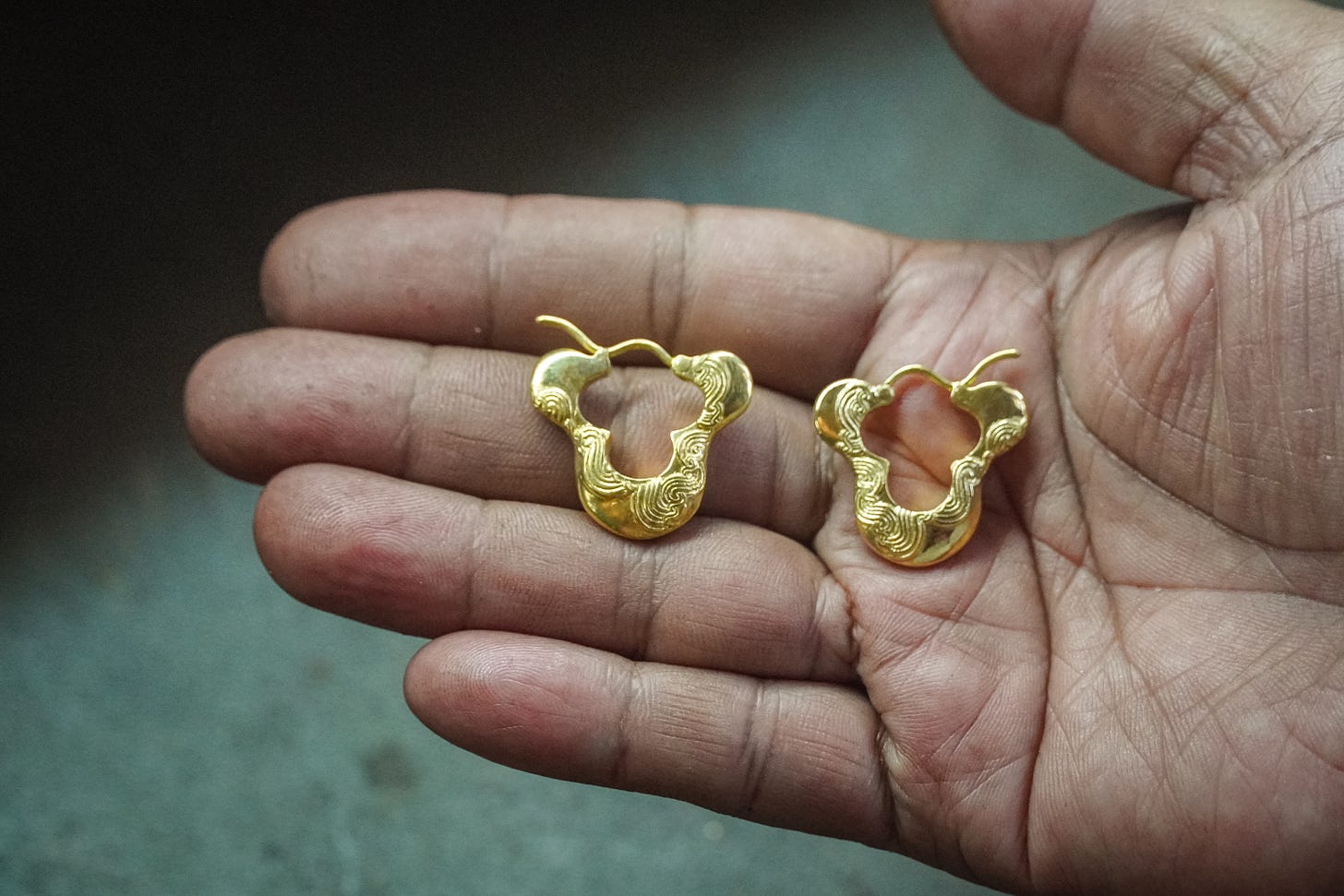
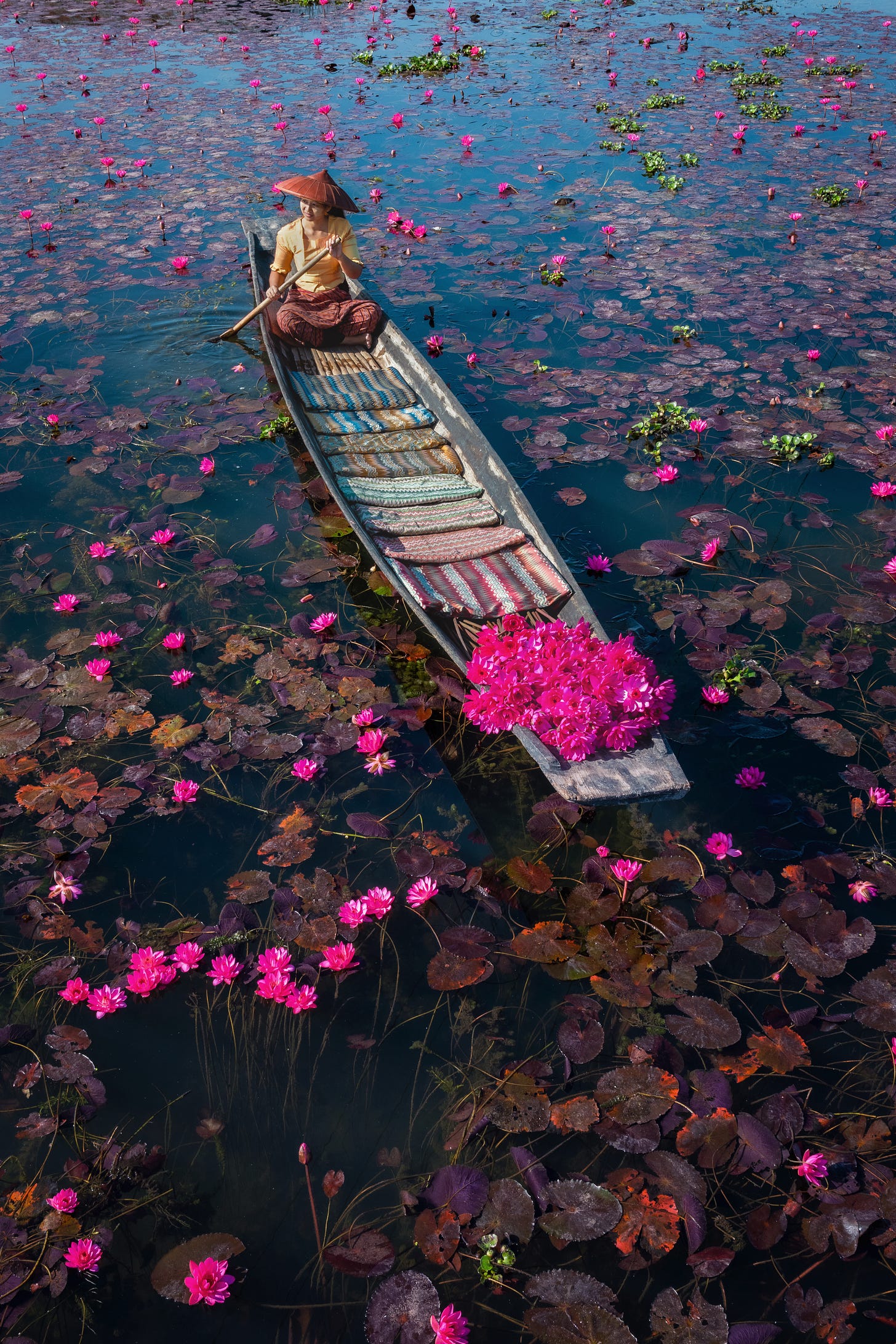








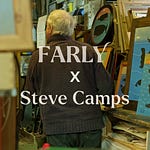

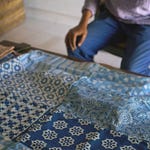
Share this post